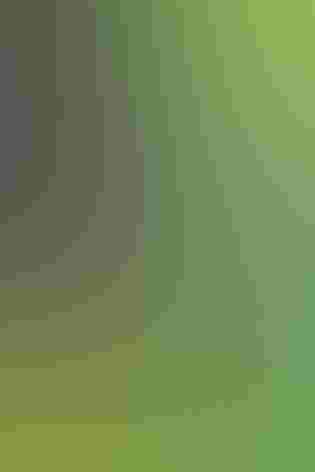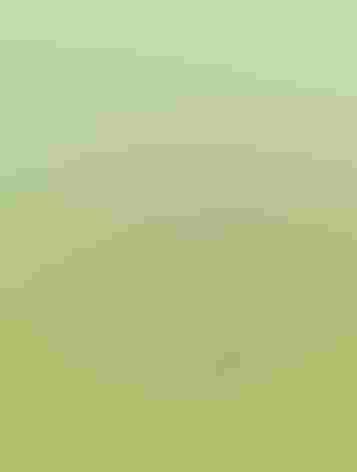American Goldfinch
At a Glance
A typical summer sight is a male American Goldfinch flying over a meadow, flashing golden in the sun, calling "perchickory" as it bounds up and down in flight. In winter, when males and females alike are colored in subtler brown, flocks of goldfinches congregate in weedy fields and at feeders, making musical and plaintive calls. In most regions, this is a late nester, beginning to nest in mid-summer, perhaps to assure a peak supply of late-summer seeds for feeding its young.
All bird guide text and rangemaps adapted from Lives of North American Birds by Kenn Kaufman© 1996, used by permission of Houghton Mifflin Harcourt Publishing Company. All rights reserved.
Category
Finches, Perching Birds
IUCN Status
Least Concern
Habitat
Arroyos and Canyons, Fields, Meadows, and Grasslands, Forests and Woodlands, Shrublands, Savannas, and Thickets, Urban and Suburban Habitats
Region
California, Eastern Canada, Florida, Great Lakes, Mid Atlantic, New England, Northwest, Plains, Rocky Mountains, Southeast, Southwest, Texas, Western Canada
Behavior
Flitter, Rapid Wingbeats, Undulating
Population
44.000.000
Range & Identification
Migration & Range Maps
Irregular in migration, with more remaining in the North in winters with good food supply. Peak migration of the American Goldfinch is usually mid-fall and early spring, but some linger south of the nesting range to late spring or early summer. Migrates mostly by day.
Description
Sexes similar — Length: 4–5 in (11–13 cm); wingspan: 8–9 in (20–22 cm); weight: 0.4–0.7 oz (11–20 g). The summer male American Goldfinch is distinctively bright yellow with black wings, tail, and forehead. Summer female duller yellow-green. Winter birds vary from yellowish-brown to gray; note the bold wing-bars (white or buff) on black wings and white tail spots.
Size
About the size of a Sparrow
Color
Black, Brown, Gray, White, Yellow
Wing Shape
Rounded
Tail Shape
Notched
Songs and Calls
Bright per-chick-o-ree, also rendered as potato-chips, delivered in flight and coinciding with each undulation.
Call Pattern
Complex, Falling, Undulating
Call Type
Chatter, Chirp/Chip, High, Whistle
Habitat
Patches of thistles and weeds, roadsides, open woods, edges. Found at all seasons in semi-open areas having open weedy ground and some trees and bushes for shelter, especially areas of second growth, streamsides, roadsides, woodland edges, orchards, suburban areas. In winter also in some very open fields farther from trees.
Sign up for Audubon's newsletter to learn more about birds like the American Goldfinch
Behavior
Eggs
4-6, sometimes 2-7. Pale bluish white, occasionally with light brown spots. Incubation is by female only, about 12-14 days. Male feeds female during incubation.
Young
Both parents feed nestlings. At first male brings food, female gives it to young; then both parents feed; role of female gradually declines, so that male may provide most food in later stages. Young leave nest about 11-17 days after hatching.
Feeding Behavior
Forages actively in weeds, shrubs, and trees, often climbing about acrobatically on plants such as thistles to reach the seeds. Except during breeding season, the American Goldfinch usually forages in flocks. Commonly comes to feeders for small seeds.
Diet
Mostly seeds, some insects. The American Goldfinch diet is primarily seeds, especially those of the daisy (composite) family, also those of weeds and grasses, and small seeds of trees such as elm, birch, and alder. The American Goldfinch also eats buds, bark of young twigs, and maple sap. Feeds on insects to a limited extent in summer. Young are fed regurgitated matter, mostly made up of seeds.
Nesting
Nesting begins late in the season in many areas, with the majority of nesting activity occurring during July and August. In courtship, the male American Goldfinch performs a fluttering flight display while singing. Nest: Usually in deciduous shrubs or trees, sometimes in conifers or in dense weeds, usually less than 30 ft above the ground and placed in a horizontal or upright fork. Nest (built by female) is a solid, compact cup of plant fibers, spiderwebs, and plant down (especially from thistles); the nest is so well-made that it may even hold water.
Conservation
Conservation Status
The American Goldfinch is widespread, although it has possibly declined in recent years in some areas.
Climate Threats Facing the American Goldfinch
Choose a temperature scenario below to see which threats will affect this species as warming increases. The same climate change-driven threats that put birds at risk will affect other wildlife and people, too.










